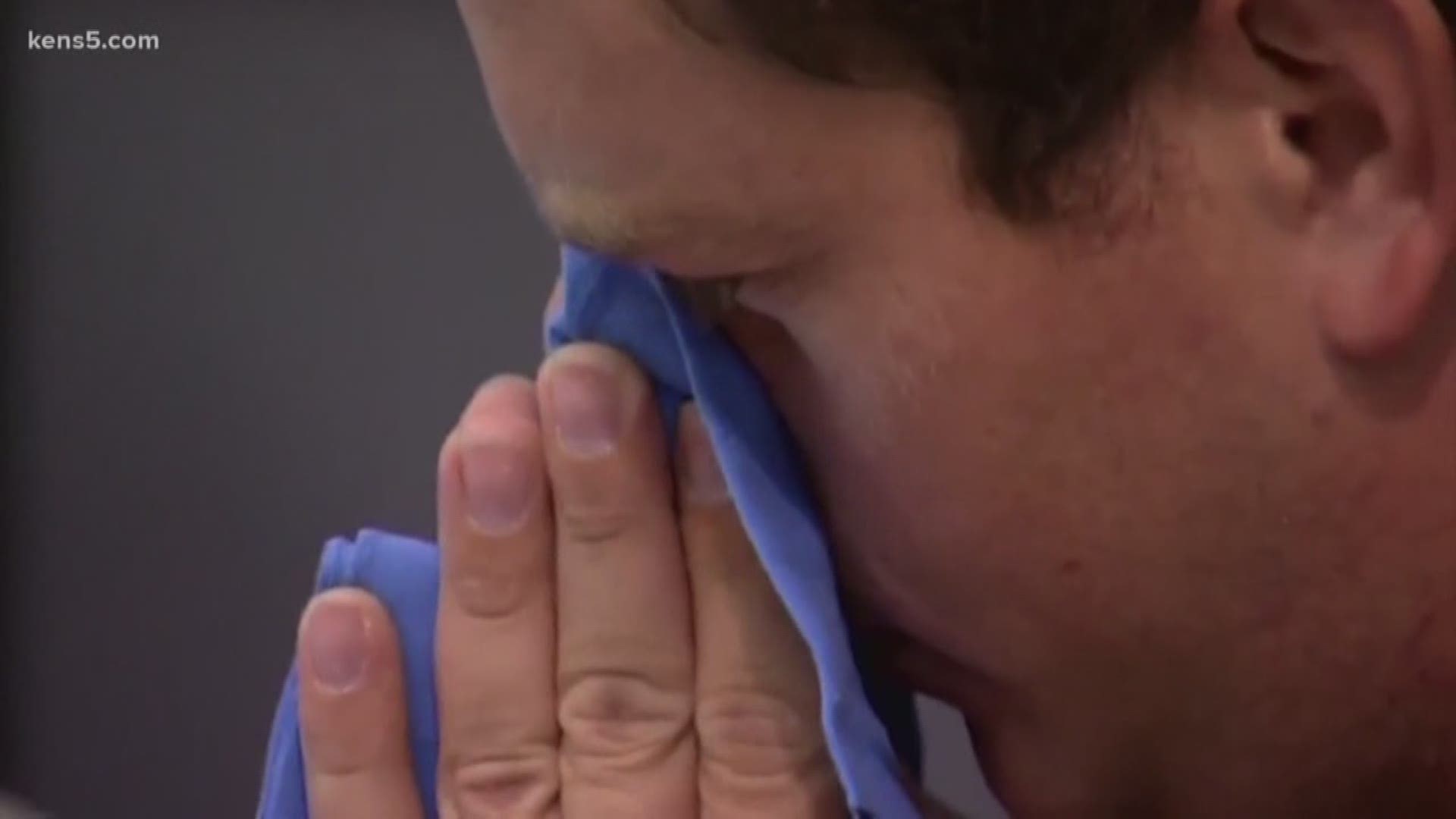SAN ANTONIO — While the world is focused on coronavirus, and rightfully so, there's growing concern over a second wave of flu hitting the U.S. It is hitting children especially hard.
They're calling it a double-barrelled flu season. Dr. Courtney Smith from The Children's Hospital of San Antonio Primary Care told us, "We actually did see the first couple of weeks of the year, early January, we did see a little drop according to the CDC and then we've seen the uptake again over the last four weeks."
This second wave of flu is hitting kids harder. Dr. Smith said, "There have been a lot of kids who have been getting sick with the flu and getting sick with multiple types of the flu, both A and B which is a little bit unusual this year."
For this year's flu season in the U.S. the CDC says 26 million people have been infected. Out of those 14,000 people have died from the illness. As of early February, 92 of those were children. That number may seem small, but that's the highest since the severe flu season of 2009-2010 when 262 children died from the virus. Dr. Smith added, "Flu B is actually a little bit higher prevalence this year than it normally is and flu B tends to hit kids a lot harder."
With fears of coronavirus it is important to know the difference between that and the flu. The symptoms for coronavirus include a fever, a cough, and shortness of breath or difficulty breathing. Symptoms can show up as soon as two days, or as long as two weeks after exposure by direct transmission. With the flu a fever and cough are also likely along with muscle aches, fatigue, weakness, chills, sweats, congestion and a sore throat. But those symptoms always show up with a few days of exposure.
Dr. Smith says if you haven't gotten your flu shot you still should. She told us, "We've still got another month maybe two maybe longer of flu season upon us, so if that's the difference between having a severe case of the flu or getting hospitalized and not I definitely think it's worth it."

